Third Party: M.G. Logging & Sons Ltd.
M.G. Logging & Sons Ltd. contravened FRPA by harvesting Douglas fir trees that were required to be retained for biodiversity reasons, contrary to its timber sale licence, and received an administrative penalty of $3500. The Board appealed on the grounds that the penalty amount was too low to reflect the seriousness of the contravention, considering both the environmental harm and the administrative justice goal of deterrence. The Board also argued that evidence of previous contraventions of a similar nature should have been considered.
The FAC found that administrative penalties are intended to encourage compliance with the legislation, by providing specific deterrence in respect of the contravener and general deterrence in respect of the industry. In addition, administrative penalties for unauthorized timber harvesting have the purpose of compensating the Crown for loss or damage to its resources. These overall purposes, in addition to the specific factors under section 71(5) of the FRPA, should be considered when assessing administrative penalties.
The FAC also found that when determining the penalty amount consideration of previous contraventions can include official warnings and compliance notices. Previous non-compliance by a director, an officer, or a closely related company may also be considered providing that adequate notice is given to ensure procedural fairness.
Based on new expert evidence provided by the Board regarding the environmental impact of the contravention, the FAC found that the Douglas-fir trees were ecologically important to the local area, which is near the northern limit for Douglas-fir, and it would take 50 to 100 years for the environment to recover. The FAC also found that the contraventions were continuous and repeated, and there was a high to very high degree of deliberateness, especially regarding 135 trees that were harvested after the TSL holder was reminded of his obligation to retain Douglas-fir.
Considering all of those factors, the FAC decided that the penalty should be increased to include $6,000 for deterrence, plus $21,128.76 for compensation for lost biodiversity values.
Appeal allowed.
FAC Decision: http://www.fac.gov.bc.ca/forestAndRange/2016frp001a.pdf
Third Party: Forest Practices Board
APPEAL NO. 2016-WFA-002(a)
CNR appealed a Wildfire Act determination ordering it to pay fire control and other costs relating to damage or destruction to Crown resources. The area affected by the wildfire contained timber, grass and was designated as mule deer winter range, scenic area and an old growth management area. The Board joined the appeal to make submissions on the determination of damages for “other forest land resources” and “grass land resources” in the Wildfire Regulation. Specifically, the Board argued that these terms should be interpreted in a non-mutually exclusive manner which would allow the Province to recover damages for both, rather than adopting an either/or approach adopting the polygon classification based on the government’s Vegetation Resource Inventory system. The FAC did not agree with these submissions.
Appeal allowed.
FAC Decision: http://www.fac.gov.bc.ca/wildfireAct/2016wfa002a.pdf
Third Party: Forest Practices Board
A district manager refused to approve a forest stewardship plan (FSP) submitted by BC Timber Sales (BCTS) Kootenay Business Area due to concerns about unacceptable risks to government objectives to water, fish, wildlife and biodiversity, and the cumulative effects resulting from large forest development units that overlapped with those of several other licensees. The Board joined the appeal because it raised a number of issues addressed in its 2015 special investigation report entitled Forest Stewardship Plans: Are They Meeting Expectations? Following discussions with the ministry and the Board, BCTS subsequently amended its FSP to meet the approval of the incoming district manager, and withdrew its appeal.
Appellant withdrew the appeal.
Special Report – SR/54
November 2017
RECOMMENDATIONS
Special Investigation – SIR/47
September 2017
RECOMMENDATIONS
Response to Recommendations – Government
Response to Recommendation – Joint Practices Board of ABCFP/EGBC
Complaint Investigation – IRC/210
August 2017
RECOMMENDATIONS
